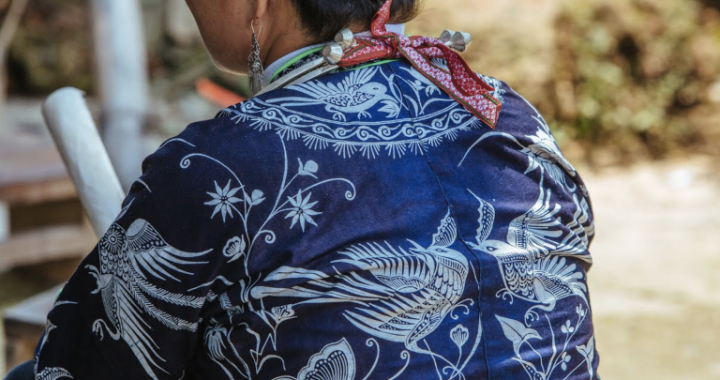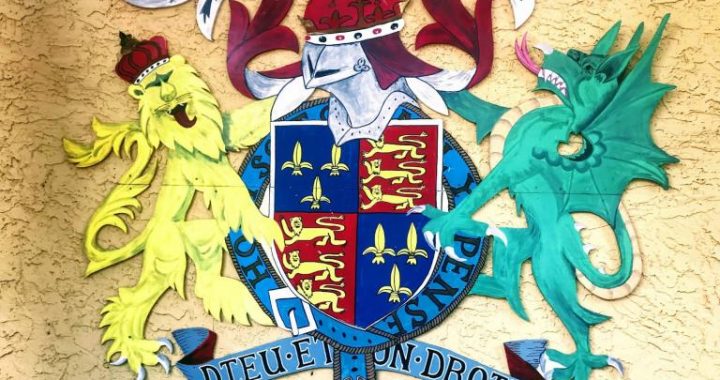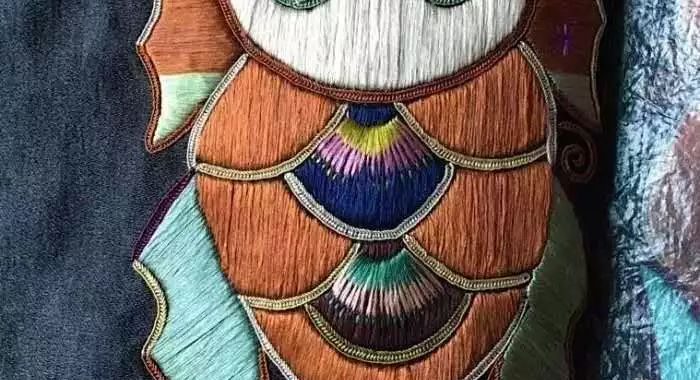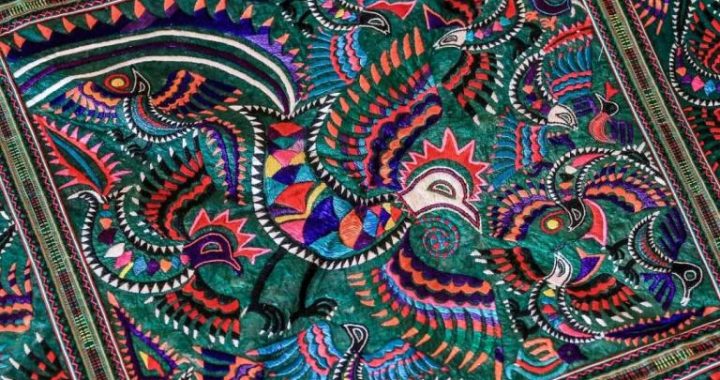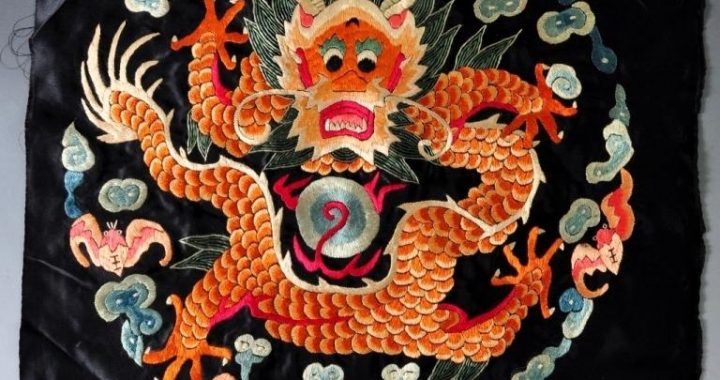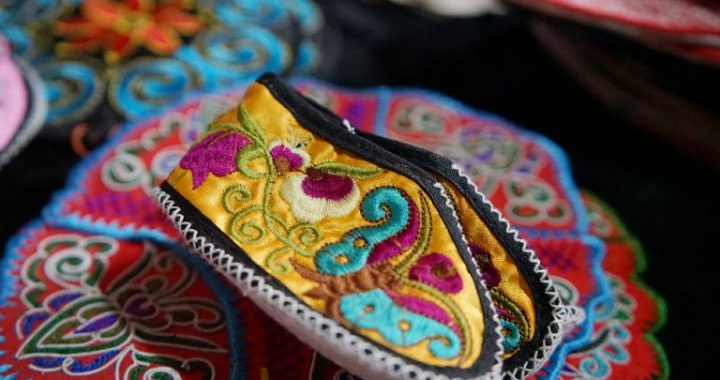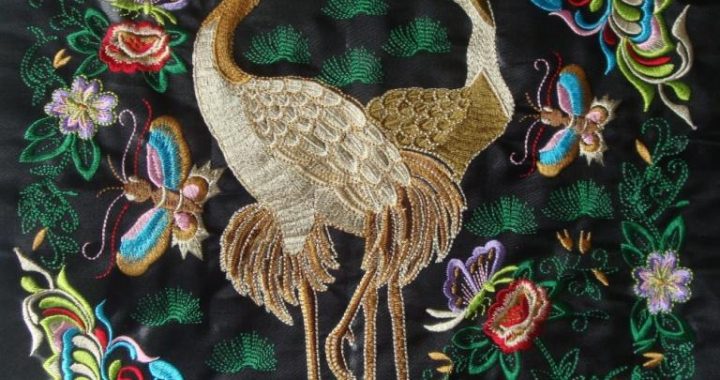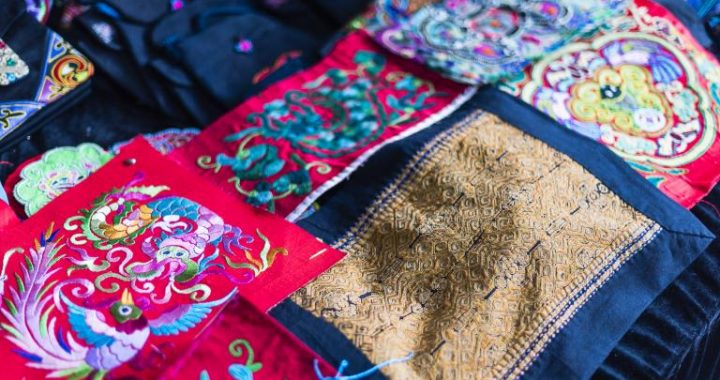Dress of the Dynasties and Its Connection with 0ccupation
5 min readIn 221 BC,Qin Shihuang,the first emperor in Chinese history,unified the six states,put an end to hundreds years of turmoil among vassal states during the Spring and Autumn-Warring States period,and established the first centralist feudal nation-Qin dynasty,which marks that China had formally stepped into the feudal society.After China was unified,Qin Shihuang carried out many reforms in thefields of politics,economy,culture,military and so on,and issued a series ofunified measures.Since then,throughout the kingdom,all chariots had the same gauge;all writing was with the same characters;and the dress and crown clothing culture was also unified.The dresses of different regions showed an obvious merging trend.The dress system of the Qin dynasty followed the ideology of”getting rid of historical elements,to be adapted to the social reality at present”,and thus theunnecessary and over-elaborate formalities of the dress of the Zhou dynasty were abolished.Only the most modest ceremonial dress for small sacrificial rites in the Zhou dynasty was retained to serve as the Qin ceremonial dress.Other dresses were basically evolved from the dresses in the Spring and Autumn-Warring States period,characterized by simplicity and practicality.
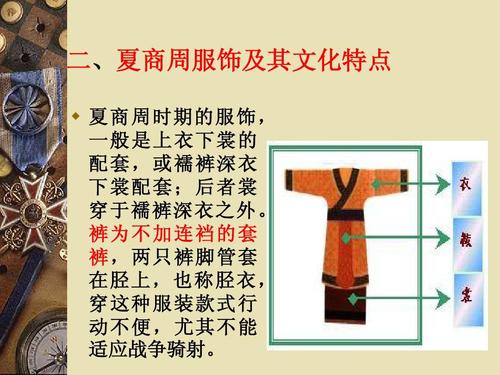
By the Han dynasty,the power of a unified multi-people feudal nation continued to be consolidated,the economy developed rapidly,and Chinese feudal society entered a period of prosperity.Due to the historical inheritance,the dress styles of the Han dynasty inherited that of the Qin dynasty to a large extent.The textile technology in the Han dynasty had already reached a quite high level.The advanced manufacturing tools invented in the Spring and Autumn-Warring States period,such a reeling machine,spinning wheel,treadle loom,and so on,were widely put into use,and thus the turnout and types of textiles in the Han dynasty increased constantly.Both the cultural relics unearthed at the sites of the Han dynasty throughout China and the historical documents show that the dress material in this period was much more abundant than that in the Spring and Autumn-Warring States period.Shenyi also was further improved.Besides,with the establishment of the yufu system(yufu is a general name for chariot and dress),the official’s dress difference became more obvious.In the 3rd year of Jianyuan(138 BC)and the 4th year of Yuanshou(119 BC)under the reign of Emperor Wudi of the Western Han dynasty,the famous traveler Zhang Qian in Chinese history was sent to the Western Regions for twice on adiplomatic mission,opening up a Silk Road which connected ancient China with Central Asia and the West.With a steady flow of Chinese silk to other countries,the traditional dress culture of the Chinese nation began to be transmitted throughout the world.
Dress of the Qin and Han Dynasties and Its Connection with Occupation Transferring from slave society into feudal society,the relationship in every stratum of the society took a great change.In the Qin and Han dynasties,dress had a striking character of stratum and occupation.One’s occupation could be easily recognized from what he dressed himself.
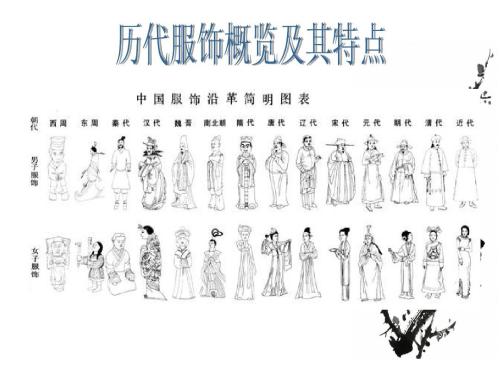
To maintain his ruling,the Emperor Qin Shihuang,after unifying China,adopted a series of measures to consolidate centralism.The status of the literati was rather low in the Qin dynasty,but by the Han dynasty,their status had been improved.Archeologists analyzed the portraits unearthed at the sites of Han dynasty and found that most of the literati images were in headgear,long robe,narrow sleeves,a fitting waist.Besides,they were all elegant in behavior.However,this kind of dress was only suitable for a formal occasion,such as attending a literati gathering and giving a lecture. They would wear different clothes in accordance with different occasions.
In the Qin and Han dynasties, the farmers’ dress was characterized by coarse material, simple style and single color.”Short hemp clothes”was the main clothes for farmers. White and black were the most common dress colors for farmers.
According to the custom of that period, white color means no color, that is to say, people in white had no social status at all. The pottery peasant working with a plough unearthed at Pinglu in Shanxi area is the product of this period. The potter figurine is in short dress, calf-nose trousers (similar to modern short pants that is suitable when doing physical labor) and bare feet, which vividly reproduces the dress style of peasants in the Qin and Han dynasties.
To a certain extent, the policy of “emphasizing agriculture while restraining commerce”was one of the basic national policies adopted by the rulers of the early feudal society. However, the policy of restraining commerce didn’t exert influence on the dress of businessmen for a long time. Moreover, the court’s restraint on businessmen’s dresses was mainly shown on dress material. In the early Han dynasty, the Emperor Liu Bang issued a decree, prescribing that businessmen couldn’t wear luxurious dress. In a long period after that the businessmen could only wear dress made of gunny cloth. By the middle of the Western Han dynasty, however, we may presume from the descriptions in some ancient documents about the social physiognomy that the decree restraining the businessmen’s dress existed only in name. It came to be a trend that businessmen’s dress gradually became luxurious in material and novel in style.
In the Qin and Han dynasties, the entertainment industry developed gradually, singers, dancers and acrobatics actors each dressed in a different style. The typical dress for dancing girls was characterized by long sleeves and exquisite waistbands; sometimes they would wear special shoes for the convenience of acting.
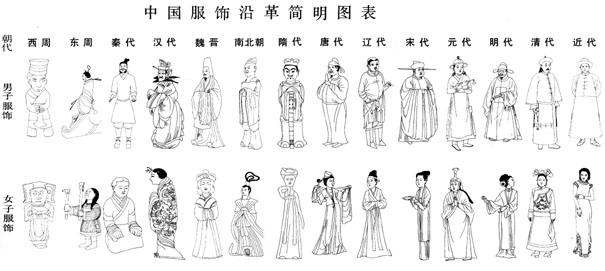
There were not many requirements on male performers’ clothes except for that thei clothes are generally designed with rich lines and with a bit exaggeration in style.
To win audiences’ applause, the acrobatics performers had to wear a bit ridiculous dress so as to match with wonderful acting. Other performers’ dresses also had their own characteristics due to the different needs of occupation.
